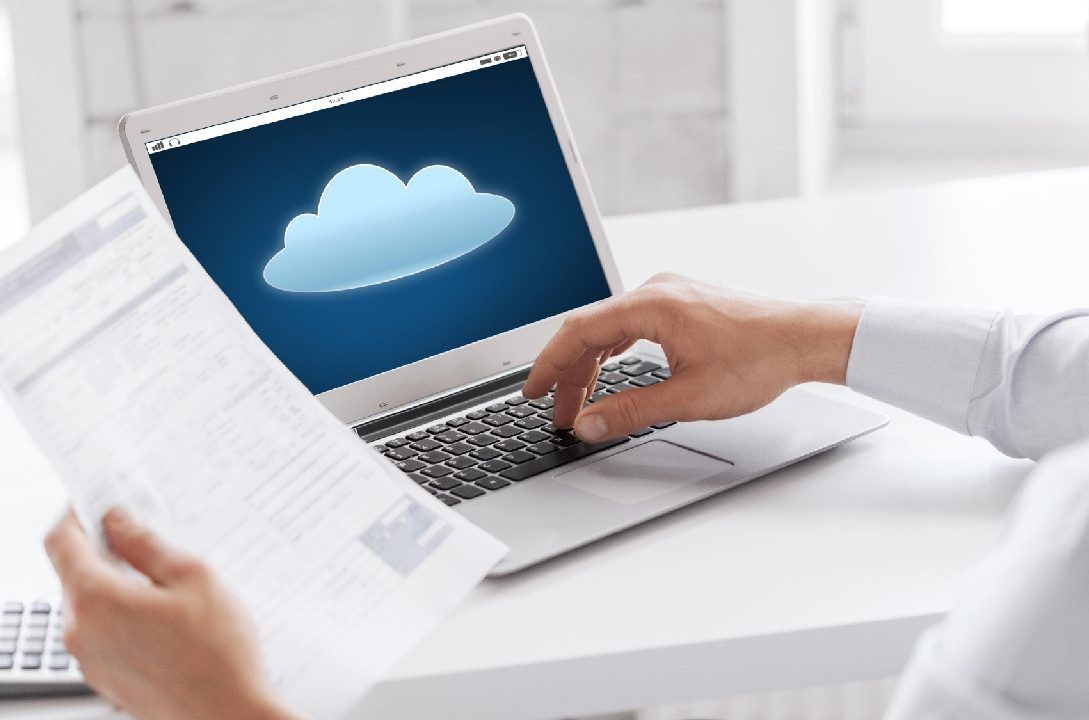In the ever-evolving landscape of technology, the terms “SaaS and the Cloud” have become increasingly prevalent. While they are often used interchangeably, it is crucial to understand that they are not the same thing. In this blog, we will delve into the fundamental differences between SaaS (Software as a Service) and the Cloud, shedding light on their unique features and functionalities.
What is the Cloud?
The Cloud, short for “cloud computing,” refers to the delivery of computing services, including servers, storage, databases, networking, software, analytics, and more, over the internet. Instead of relying on local servers or physical hardware, cloud computing harnesses the power of vast data centers spread across the globe. This approach allows users to access resources and services on-demand, scaling them up or down based on their needs, and paying only for what they use.
Key Characteristics of the Cloud:
- Scalability: The Cloud offers the advantage of effortless scalability, enabling businesses to expand their resources as their requirements grow without the need for significant infrastructure changes.
- Accessibility: Cloud-based resources can be accessed from anywhere with an internet connection, offering unparalleled flexibility and remote collaboration opportunities.
- Cost-Effectiveness: Cloud services operate on a pay-as-you-go model, making them more cost-efficient than traditional on-premises solutions, as businesses do not need to invest in costly hardware and maintenance.
- Reliability: Cloud providers typically ensure high uptime and availability by distributing data across multiple data centers, reducing the risk of data loss or downtime due to hardware failures.
What is SaaS?
Software as a Service (SaaS) is a specific cloud computing model that focuses on delivering software applications to users over the internet. In this model, software vendors host and maintain applications on their own infrastructure, allowing customers to access these applications via a web browser without the need for installation or updates on individual devices.
Key Characteristics of SaaS:
- Accessibility: SaaS applications can be accessed through web browsers, making them platform-independent and accessible from any device with an internet connection.
- Automatic Updates: Software vendors handle updates and maintenance, ensuring that users always have access to the latest features and improvements without any manual intervention.
- Multi-Tenancy: SaaS applications often operate on a multi-tenant architecture, where multiple customers share a single instance of the software, enabling efficient resource utilization and reducing costs.
- Subscription Model: SaaS operates on a subscription-based pricing model, where customers pay a recurring fee for the duration of their usage, providing predictable costs and easy scalability.
The Key Differences:
- Scope of Services:
- The Cloud refers to the entire infrastructure of on-demand computing resources, including servers, storage, networking, and more.
- SaaS, on the other hand, is a specific subset of cloud computing that focuses solely on delivering software applications over the internet.
- User Control:
- The Cloud provides infrastructure and platform services, giving users more control over the environment and software they deploy.
- SaaS users have limited control over the underlying infrastructure as the software is managed entirely by the vendor.
- Deployment:
- Cloud services can encompass various deployment models, including public, private, hybrid, and community clouds, each catering to different business needs.
- SaaS is typically deployed through public cloud infrastructure, though private SaaS and hybrid SaaS options also exist.

Conclusion
In summary, while “the Cloud” is a broad term encompassing a wide range of cloud computing services, “SaaS” is a specific model focused on delivering software applications. The Cloud provides the underlying infrastructure, while SaaS operates within that infrastructure to deliver efficient, accessible, and cost-effective software solutions.
Understanding the differences between SaaS and the Cloud is vital for businesses and individuals looking to harness the potential of cloud computing effectively. By leveraging the power of the Cloud and adopting SaaS applications, organizations can streamline operations, improve collaboration, and focus on their core competencies, all while embracing the digital age with confidence.
Related Posts:
Get Started with a free 15 -day trial
No credit card required for Trial Plan
Continue using starter plan for free forever, after trial or upgrade to Premium Subscription





